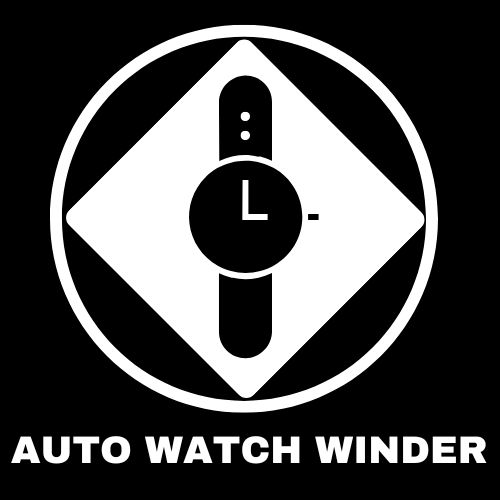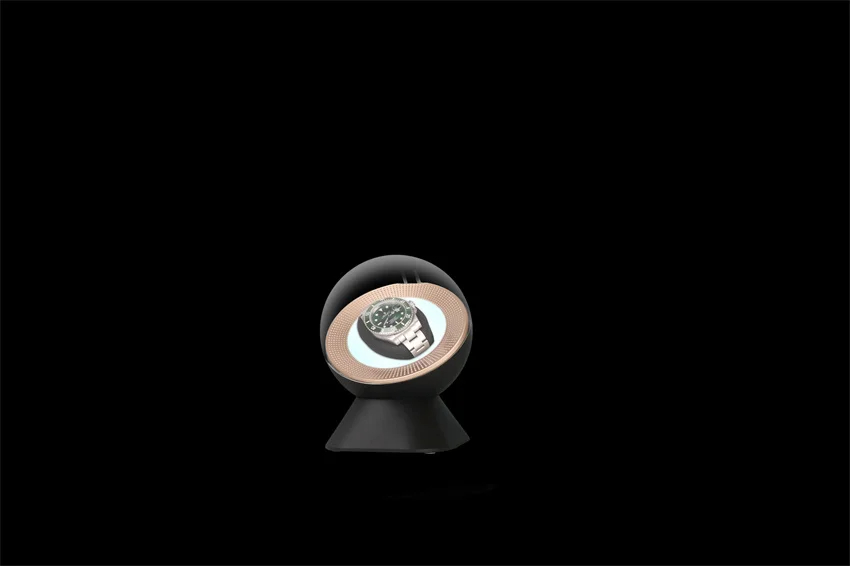Blog
Troubleshooting AUTO Watch Winders: Common Issues & Quick Fixes
Resolving Issues with AUTO Watch Winders: Frequent Problems and Simple Solutions
Understanding Common Challenges
However,like any mechanical device,they can encounter issues that may disrupt their functionality. This guide will explore typical problems users face and provide effective solutions to ensure your watch winder operates smoothly.
Unit Fails to Operate or Produces Unusual Noises
one of the most prevalent issues is when a watch winder fails to start or emits unexpected sounds. If your unit remains silent despite being plugged in, consider these troubleshooting steps:
- Check Power Supply: Ensure that the power cord is securely connected to both the winder and an operational outlet. A faulty outlet can often be the culprit.
- Inspect Settings: Verify that you have selected the correct settings for your specific watch model. Some watches require different winding modes.
- Listen for Mechanical Sounds: If you hear grinding or clicking noises, it may indicate internal components are misaligned or obstructed by debris.
- Resetting the Device: Sometimes a simple reset can resolve minor glitches; unplugging it for a few minutes before reconnecting might do the trick.
If these steps do not rectify the issue, further investigation into internal components may be necessary.
Rotor Slippage Leading to Overnight Stoppage
Another common concern is rotor slippage, which can cause watches to stop running overnight even when placed in a functioning winder. To address this problem:
- Secure Fitment: Ensure that your watch is properly seated within its holder; an improper fit can lead to slippage during operation.
- Adjust TPD Settings: The Turns Per Day (TPD) setting should match your watch’s requirements—most automatic watches need between 600-1200 TPD depending on their movement type.
- Examine Rotor Functionality: If possible, check if there’s any obstruction preventing smooth rotor movement inside your timepiece itself.
- Consider Environmental Factors: Temperature fluctuations or humidity levels could affect performance; keep your winder in a stable environment away from direct sunlight or moisture sources.
If these adjustments fail and slippage persists, consulting with a professional might be necessary as it could indicate deeper mechanical issues either with the winder or timepiece itself.
When It’s Time to Seek Professional Assistance
While many problems can be resolved through basic troubleshooting techniques outlined above,some situations warrant contacting customer support:
- If you’ve exhausted all options without success.
- When unusual noises persist after attempting fixes.
- in cases where physical damage appears evident on either device component.
reaching out for expert help ensures that both your AUTO watch winder and cherished timepieces receive proper care without risking further damage through DIY attempts beyond one’s expertise.by understanding these common challenges associated with AUTO watch winders and implementing straightforward solutions, you’ll enhance their longevity while keeping your valuable watches accurately wound and ready for wear at all times!

